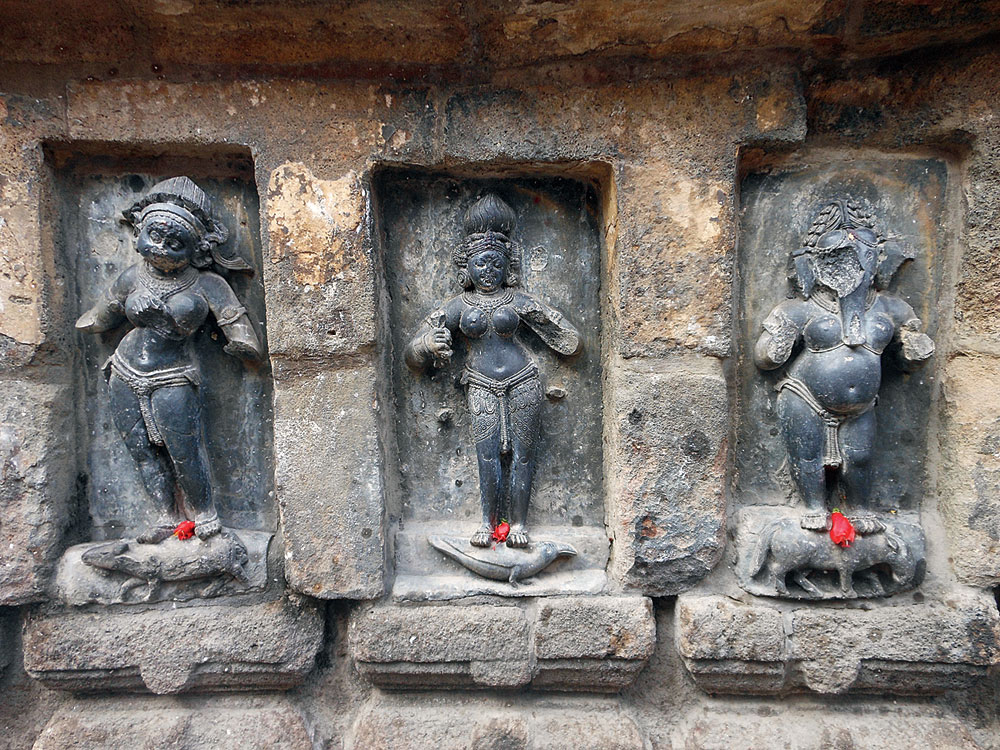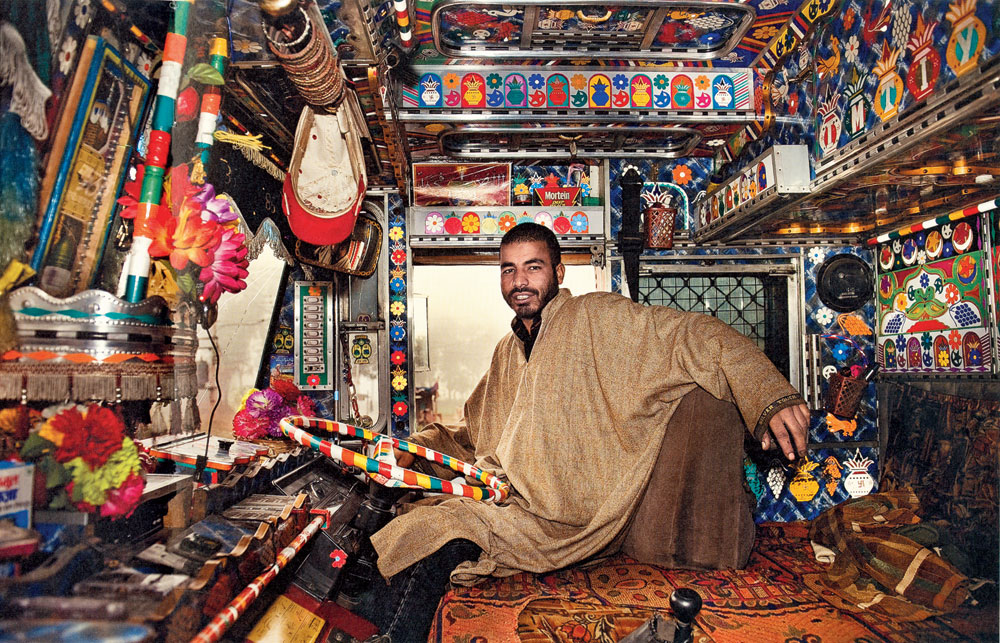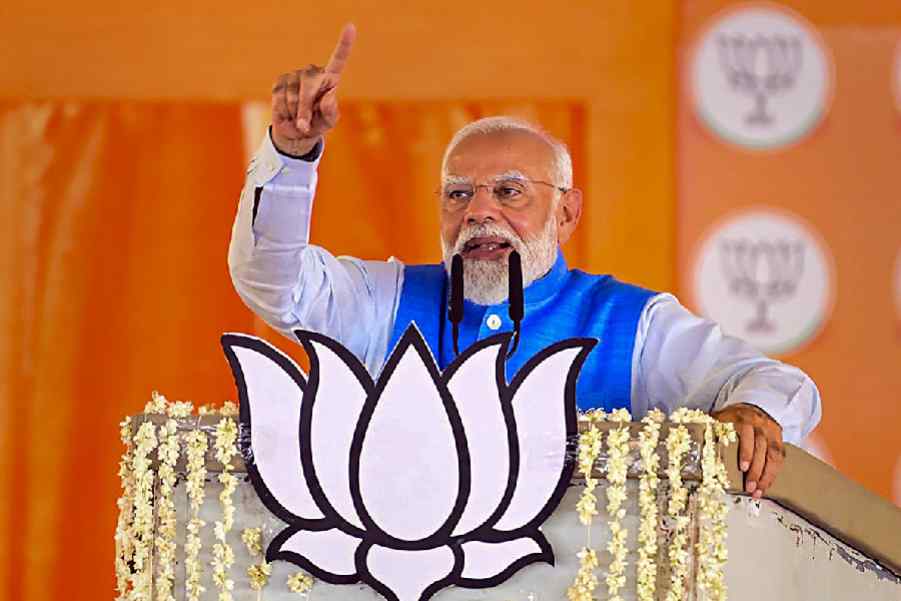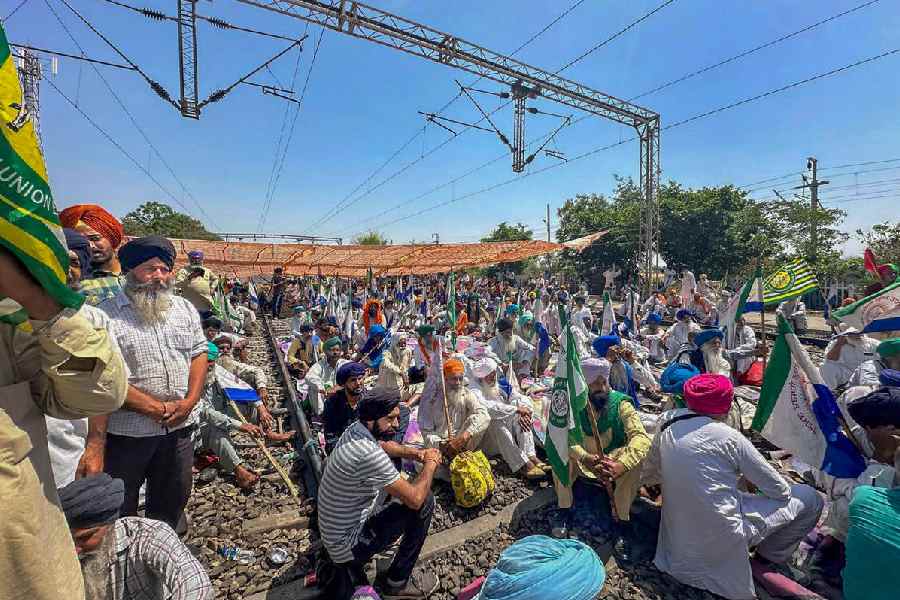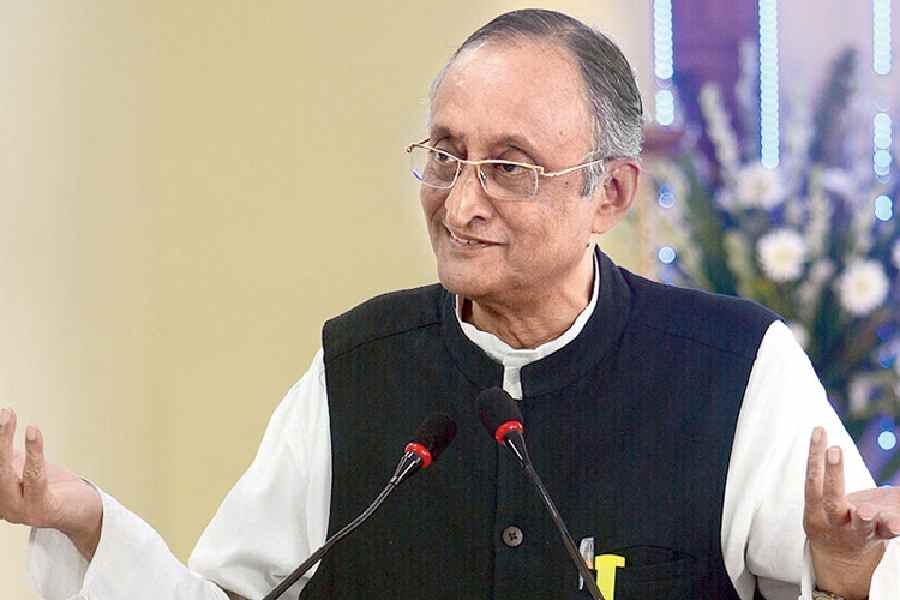Local lore has it that yoginis descend upon the Chausath Yogini temple after sundown. Yoginis in tantric tradition connote feminine spirits, but in modern times they have assumed a ghostly, even voodoo character, and are much feared. The temple is in Odisha’s Hirapur, 20 kilometres from Bhubaneswar. It is barely afternoon but villagers start to say this is no place to hover around. “Better be off early,” alerts Sanatan Panda, who is from these parts.
The Chausath Yogini temple — named after the 64 yoginis — predates the Sun Temple at Konark. At a time when this piece of Kalinga architecture came up, Konark, which is 40 kilometres from this place, was but a village. Some experts suggest that the abode of the yoginis was commissioned by Queen Hira in the 9th century AD. Odisha was ruled by the Bhaumakara dynasty between 736 AD and 950 AD. Queen Hira possibly belonged to this family.
The temple has a tantric legacy. Says Buddhist scholar Subham Guha, “Almost thousand years ago, Vajrayana [a Buddhist sect] was spreading its wings in this region, where Mahayana Buddhism used to thrive. The rulers of the region, whose original faith lay in tantric Buddhism, united it with Brahminical Hinduism. The era saw a rise in tantric cults, and the Hindu tantric iconographies and that of the Vajrayana Buddhists mingled so closely that now it is tough to say who actually influenced whom.”
The temple is a hypaethral structure — a shrine with no roof — overlooking lush farmland on one side and a pond on the other. The inner walls have niches aplenty and sitting in each is a small chlorite idol of a yogini. The facial features of each and every figurine are distinctive, so are their expressions. The chief deity, Mahamaya, is housed in one corner.
Most of the idols are broken, some have their feet smeared with vermilion or covered with flowers. One particular figurine has an elephant head. “We call her Lady Ganesh,” says Manoj Kumar Mahapatra, the priest of the temple — he makes his living running a catering business.
It is Mahapatra who tells us the backstory about the yoginis. He invokes the shastras to support his telling. It seems once upon a time, demon king Raktabija got a boon from Brahma. The blessing was this — should anyone spill the demon’s blood, from every drop shed a thousand of his progeny would spring forth.
The boon made Raktabija near invincible. However, when Durga, the female force, clashed with him, she unleashed on him her legions of yoginis — who drank the demon’s blood before a drop could touch the ground.
The circular temple has a raised shrine in its centre. It is revered as the seat of Bhairav, an incarnation of Shiv and represents the tantric union of Shiv and Shakti. “Basically, the fabric of the universe,” says Mahapatra. It is said that at day-end the yoginis descend on the shrine. And one can attain siddhi or salvation if one can appease them. Though the word “siddhi” in its most accurate sense conveys a spiritual achievement, when used with reference to the yoginis it commonly refers to the supernatural, paranormal or magical powers. Mahapatra explains that the yoginis are in possession of secret knowledge, which one can attain only after being formally initiated into the cult. “An attempt to get only a slice of it, however, can spell danger,” he cautions.
The 64 yoginis also represent the 64 kalas or the arts. “Look closely and you will notice that each [figurine] has a different pose, hairdo and vahan,” says Mahapatra. Indeed, each has a distinct identity — a seamstress, a dancer and so on.
Bijay Kumar Rath, former superintending archaeologist of Odisha State Archaeology, says, “Kedarnath Mohapatra, a member of the Odisha State Museum, discovered the temple in the 1950s. Before that the temple lay unattended for more than 800 years.” The local version is that the original temple was built on a cremation ground and with the passage of time, the village extended till here.
However, one can barely spot village folk around the temple. The area remains desolate, and though it is early evening even the birds seem to be in a hurry to retire to their nests.
The visit is barely wrapped up when the parked car purrs into life. The driver, Munna, whispers urgently, “Saab, it is time.”

The 64 yoginis also represent the 64 kalas or the arts. Image: Bitan Sikdar

